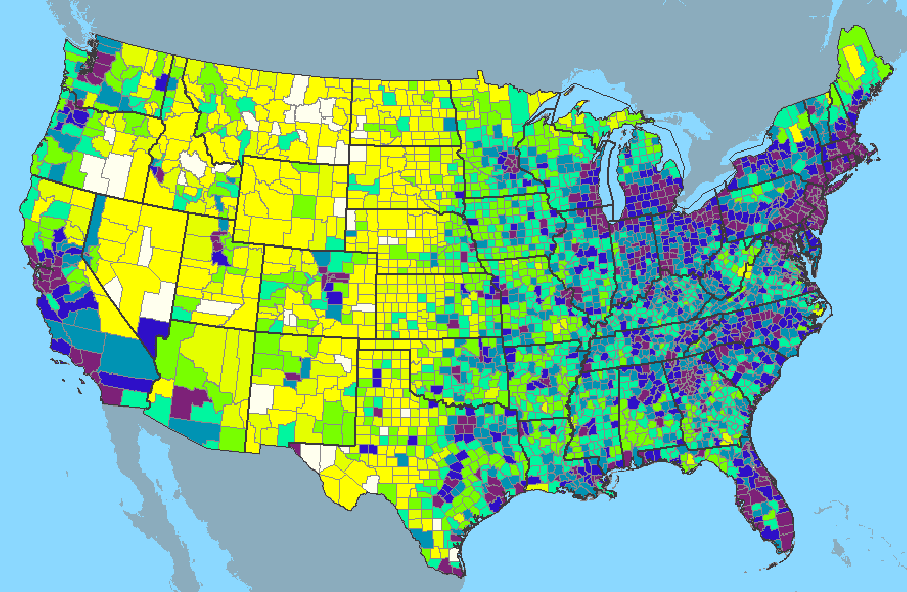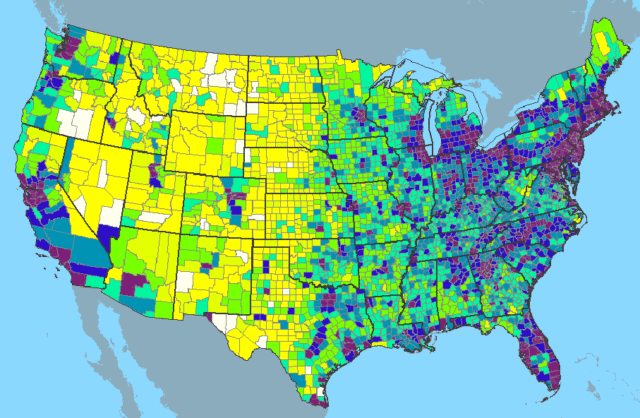Recent research has suggested that the first people to ever set foot on North America were descendants of the modern humans, who probably originated in Africa. This new discovery comes after a new analysis was done by an international team of researchers. The results indicate that there were early migrants who were part of the human global dispersal instead of a single unique event.
In order for the researchers to prove their hypotheses, they plan to examine the ancient DNA samples and do archaeological simulations in order to solve the mystery of how humans had dispersed across the globe hundreds of years ago.
In a magazine article, an archaeologist on the study said that they intend to investigate the original migration of the Americans as well as the occupation of “Beringia”. Beringia was the region where there once was a land bridge between Alaska and Siberia.
Previous studies have suggested that there was a migration to the Western Hemisphere that had occurred independently from the global movement. However, the new research done indicates that this may not be true.
A KU Distinguished Foundation Professor in Anthropology, Dennis O’Rourke, said that he and other researchers have always believed that the migration of people to the Western Hemisphere to start new lives were single, special, and independent events. He added that by seeing the whole migration as part of a larger global process, he and the researchers learned about other dispersals into other parts of the world out of Africa within just the last 50,000 years. These cases are relevant to their understanding as well as the understanding of how people came to America.
It is believed that modern humans began to migrate from Africa to America at least 50,000 years ago. It has also been thought that the settlement of the Americas happened separately from other migrations. Researchers think that it stemmed from a small group of Eurasians who came to the Western Hemisphere less than 15,000 years ago.
Other discoveries have shown that humans had inhabited Beringia earlier than 30,000 years ago during the Last Glacial Maximum. O’Rourke explained that the LGM was the last period in Earth’s climate history when the ice sheets had reached their greatest extension.
He added that linking the progress of people near the time of the LGM highlights the idea of “refugia” seen in populations moving to other places at the same time. This gives them better focus on how the Americas came to be populated and the role these people played in structuring the genetic variations that we see today in the United States.
For researchers to get a better idea of the spread of humans throughout Beringia, O’Rourke adds that it would be fantastic if they could find ancient DNA from northeastern Siberia that dates back to 15,000 to 30,000 years ago. By studying the paleoecological record across the Bering Sea, it will expand the archaeological record around the western and southwestern coasts of Alaska and would prove to be useful in the researchers’ studies.
Back in 2015, the researchers examined the DNA from an infant and fetus that were buried in central Alaska almost 11,500 years ago. Information like this allows researchers to get a better idea of what the genetic diversity was like in those populations. Because of the DNA taken, researchers explain, the new data can be used for creating simulations and models of other scenarios, testing their many hypotheses.
O’Rourke is helping create a new ancient DNA facility so that he and other researchers can continue to work closely in regard to the ancient dispersal of people. If he is able to build an ancient DNA research lab, O’Rourke and other researchers will be able to analyze the ancient human DNA samples, which can then be made available for other studies. However, he and his colleagues are already using proxy organisms from human prey species to human pathogens. This allows the researchers to have a broader view of the natural movement, behavior, and adaptations of early human populations.

